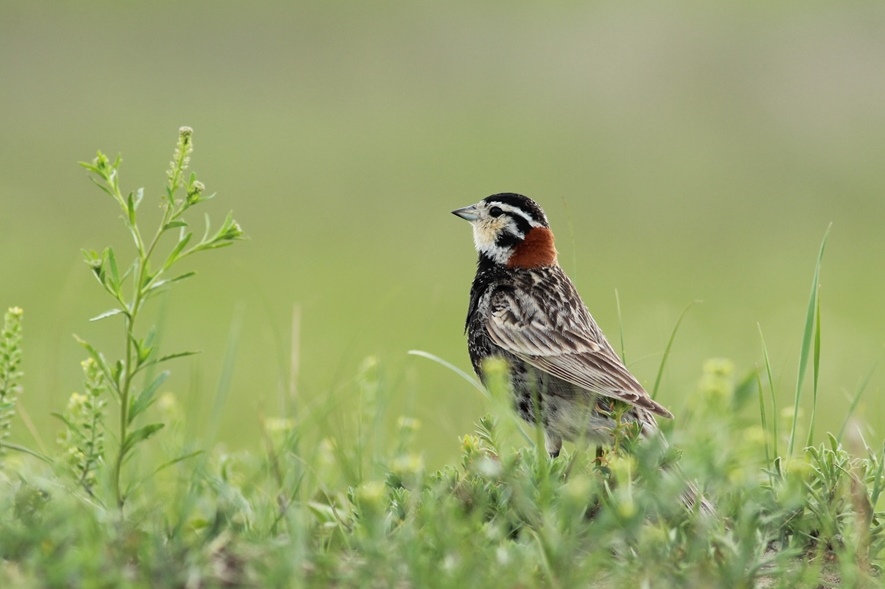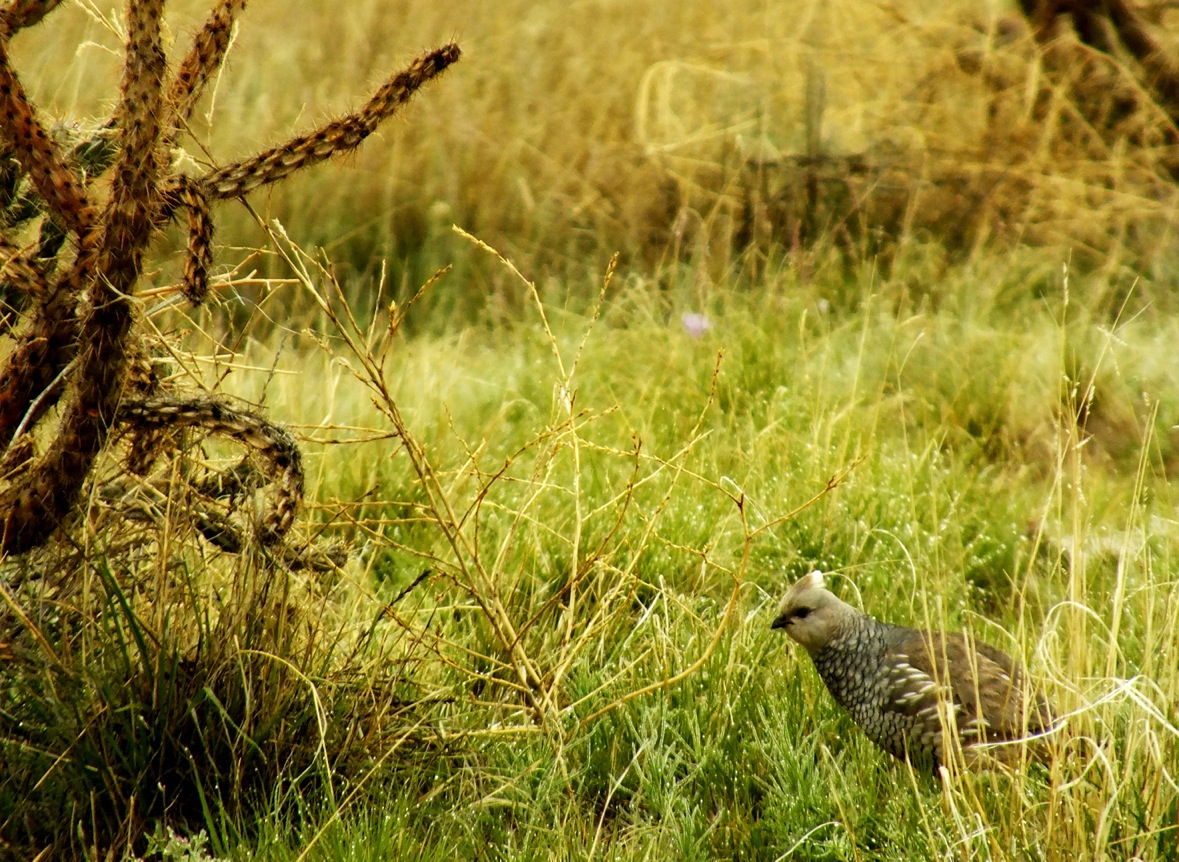In 2015, Bird Conservancy of the Rockies, Intermountain Bird Observatory and partners completed their seventh season of breeding bird surveys under the Integrated Monitoring in Bird Conservation Regions (IMBCR) program. The program, one of the largest breeding bird monitoring programs in North America, is coordinated by the Bird Conservancy (formerly Rocky Mountain Bird Observatory).
In total, some 50 field biologists set out with binoculars and clipboards to survey more than 1,200 locations over a three-month period this spring and summer. Through this effort, more than 13,000 point count surveys were completed and 167,000 individual birds of 300-plus species were recorded. The survey locations spanned public and private lands in 13 states, from Arizona and Texas to Idaho and North Dakota. Surveying this immense area is made possible through the cooperation of more than 500 landowners, as well as federal, state and non-governmental partners.

New Frontiers
New partnerships led to new survey locations this year as we expanded our efforts in the Great Plains. The Bird Conservancy and its partners surveyed on private ranches in the northern Great Plains that have adopted sustainable cattle grazing practices with the help of the Audubon Society and World Wildlife Fund. According to the 2014 State of the Birds report, numbers of grassland birds have declined 40% in 40 years and the majority of this grassland habitat is privately owned. For the survival of these birds – and the healthy functioning of the ecosystems in which they exist – we have to be good stewards of these lands. This new effort will help us understand how grassland attributes, such as plant species composition and density, along with livestock grazing management, affect bird demographics. Ultimately, this will inform management decisions, allowing the production of high-quality meat while simultaneously conserving grassland habitat.
The Bird Conservancy has also commenced a new project with the Natural Resources Conservation Service to investigate the impact of management practices for Lesser Prairie-Chicken, an emblematic species of the southern plains, on grassland songbirds. Listed as threatened under the Endangered Species Act in 2014, the Lesser Prairie-Chicken has experienced a loss of more than 80% of its historic range. Subsequently, Lesser Prairie-Chicken populations have declined. This habitat loss has been widely credited to energy and agricultural development. Most of the suitable habitat remaining is on private lands. Therefore, NRCS is working with ranchers to manage their pastures in a manner for productive and sustainable grazing, while also improving habitat for Lesser Prairie-Chickens. We hope to determine what other birds of the shortgrass prairie benefit from the pasture qualities best suited for Lesser Prairie-Chicken to guide future conservation efforts.
What Was Exceptional in 2015?
Our field crews work in a range of environments and conditions when surveying birds under the IMBCR program. For those of us who have been fortunate enough to monitor birds in an area for multiple years, each season has a unique character and flavor, bringing with it a new assortment of challenges. This year, the precipitation encountered in late spring was exceptional. All across the central region of the U.S., rainfall was well above average. May was the wettest month ever recorded in Texas, Oklahoma and Colorado. This serves as a reminder of our ever-changing environment and the caprice of Mother Nature. The late-season snows and cataclysmic rains, which created access issues and delays, kept our field crews on their toes.

Perhaps as a result of the weather, we noticed an influx of certain species this season. For example, Short-eared Owls were found in prolific numbers all along their southern breeding range. Scaled Quail also appeared to be more abundant than normal in southeastern Colorado. We eagerly await the results of our density and occupancy analyses to see if the more rigorous statistical metrics support our anecdotal observations.



Why the Integrated Monitoring in Bird Conservation Regions (IMBCR) program?
The innovative foundation of the IMBCR design is that it considers the landscape according to Bird Conservation Regions instead of political boundaries. Thanks to the consistency of sampling, the long-term nature of the program and the nested study design, inferences to bird populations can be made across time at scales ranging from a single BLM field office or national forest all the way up to state-wide and BCR-wide regions. This allows land managers to compare the status of the bird communities for the lands they manage to a broader geographic picture. For example, populations of a bird species from Rocky Mountain National Park could be compared to populations across the Southern Rockies Bird Conservation Region.
Making these comparisons is particularly critical because of the mobile and migratory nature of so many birds. For instance, changes in temperature and precipitation, hazardous chemicals and habitat loss at migratory stop-over sites or wintering grounds may all negatively impact bird populations even if local land managers on the breeding grounds are doing all the right things. Additionally, the ability to track populations over time allows managers to monitor the status of various species, helping to ensure we enjoy viable and sustainable populations of birds in perpetuity.
~ David Kramer, Seasonal Biologist







